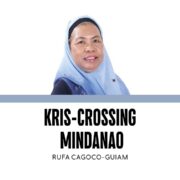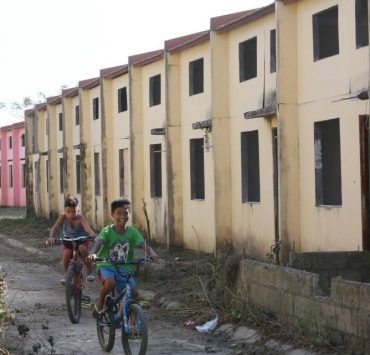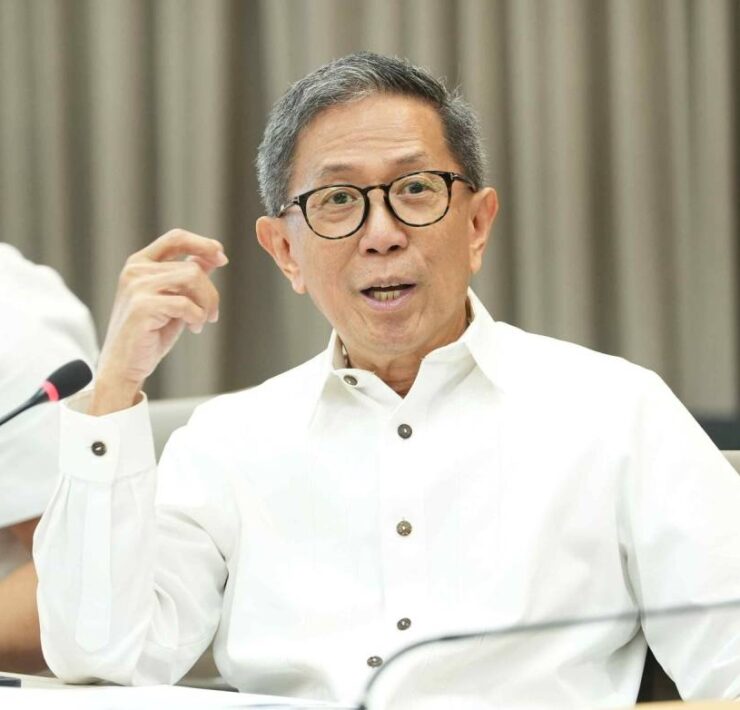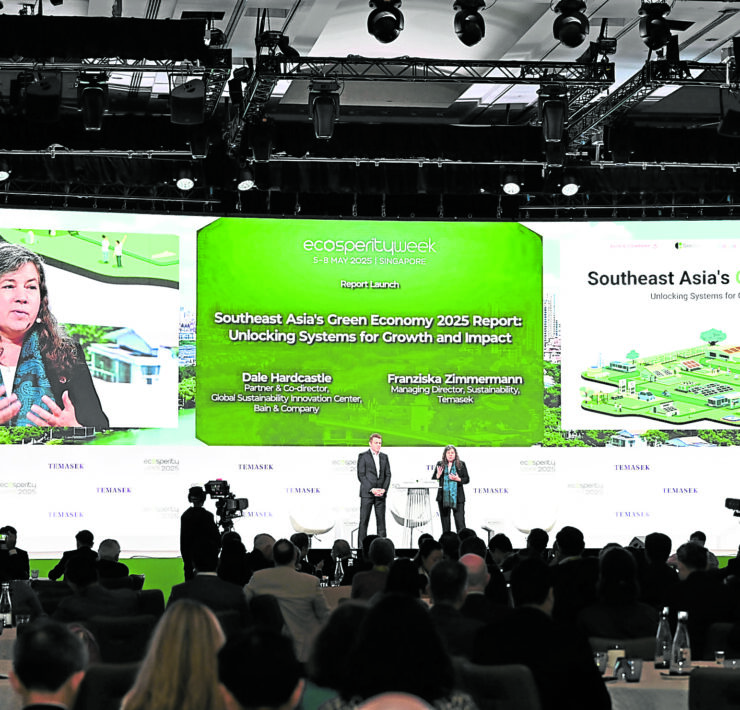SC ruling: The least known implications of overfishing (2)
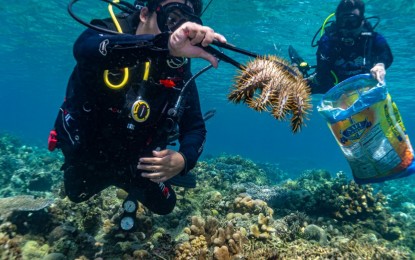
- Last of two parts
Climate change began threatening marine life during this Anthropocene period, which officially started in the 1950s, and to this day we are witnessing a rapid increase in sea surface temperature and more intense typhoons because of that. While some may enjoy the enhanced surf conditions in certain coastal areas, it is vital to recognize the broader impact on marine environments.
Coral reefs serve as natural barriers, akin to seawalls and artificial wave breakers, by breaking and dispersing wave energy. This natural defense mechanism helps safeguard coastal communities from the destructive forces of storm surges (Villanoy et al. 2012).
Degradation of coral reef ecosystems compromises this crucial protective function, leaving communities vulnerable to storm damage. As a result, ample funding will need to be earmarked for the building and upkeep of costly artificial constructions such as breakers and sea walls. Unlike coral reefs, which functionally possess the ability to self-heal and are cheaper to maintain over the years, traditional barriers like sea walls have low life spans and can eventually become less useful. Hence, preserving coral reef ecosystems not only supports marine biodiversity but also offers a more sustainable and efficient approach to protecting coastal areas from the impacts of climate change.
This is pertinent to the point made in the book Freakonomics: A Rogue Economist Explores The Hidden Side of Everything, which suggests that innocuous policies could sometimes bring adverse outcomes. A seemingly harmless policy allowing commercial fishing in municipal waters may even have an adverse impact on the white sands of Boracay, for example. But how does this work?
Just think that commercial fishing in municipal waters has the potential to throw off the balance of the marine life surrounding the coast. This disruption can lead to a decrease in fish species richness, lead to crown-of-thorns starfish (COTS) infestation causing damage to coral reefs and decreasing the natural protection they provide to the beaches. Consequently, without healthy marine ecosystems as a buffer, the white sands of Boracay are bound to be eroded due to the force of the waves and currents. Furthermore, the erosion of the beach will be exacerbated by the shortage of feeder sand from the corals.
Boracay’s white sand
According to a recent study by Recadio and colleagues, corals, and not the seaweed Halimeda as previously believed, are the primary source of Boracay’s white sand. According to their isotopic analysis, it has been established that corals are the most probable source of the famous white sand beach found on Boracay Island. This rule also applies to the other white beaches in our country.
Clearly, overfishing will impact the ecological balance resulting in issues such as the increase of COTS which feed on corals. In the absence of grazing fishes, parrot fishes for example, most of the dead coral substrate left by COTS infestation may be colonized by algae resulting in a regime shift from a coral-dominated reef to an algal-dominated state. Without the natural control for algal proliferation, it’s difficult to revert the condition to a coral-dominated state. In turn, the reef loses its natural beauty and becomes less aesthetically appealing to tourists.
The interconnectedness of ecosystems and the type of tourism we cater to underscores the critical need to assess policies comprehensively to account for their wide-ranging effects. By recognizing the cascading impacts of seemingly insignificant choices, we can strive to safeguard and uphold our natural environment and the host of benefits it offers. The consequences of this scenario carry a greater cost, impacting a broader segment of the populace compared to the financial gains that benefit a select few. While the fish supply issue is apparent, addressing the root cause and exploring solutions may require looking beyond just the fisheries sector and calling for engaging a whole-of-government and whole-of-society approach. (Read the first part here)
Dr. Michael P. Atrigenio is an Assistant Professor at the Marine Science Institute of the University of the Philippines Diliman and the program head of the Professional Masters in Tropical Marine Ecosystems Management Program. He is also the President of the Marine Environment and Resources Foundation.






